About Lions
Lions (Panthera leo) symbolize power and strength. They are synonymous with the wild across Africa and parts of Asia. Yet few realize that these big cats have undergone a catastrophic range reduction and that only about 24,000 lions remain. Enough habitat still exists to substantially recover their numbers, but we must act now. Together, we can stabilize and recover lion populations by protecting and connecting key populations throughout their range in Africa.
Our Goals
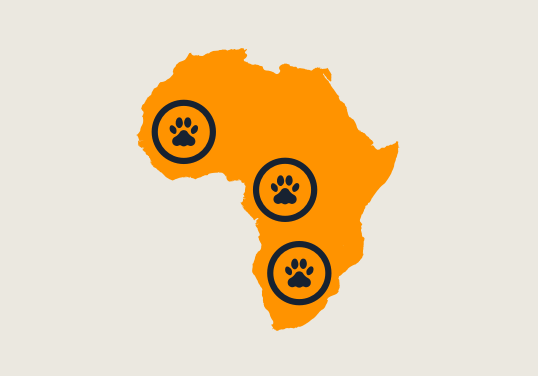
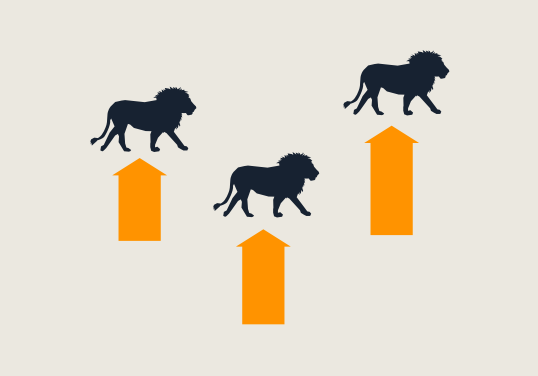
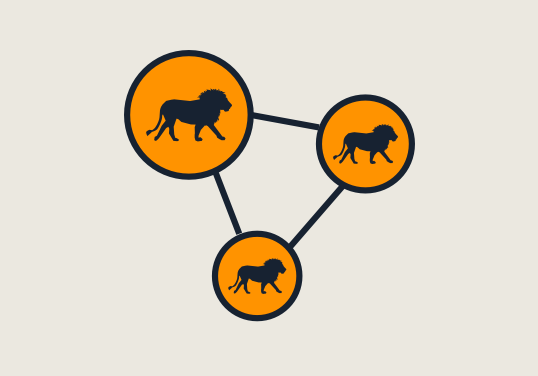
Where Do Lions Live?
Lions can live in a wide variety of habitats, including open woodland and grass savannas as well as dry forests, coastal scrub and semi-desert areas. The vast majority live in Africa south of the Sahara, with a small population in India.
- Historic Lion Range
- Current Lion Range
Lion FAQs
Why do lions have manes?
A lion’s mane is a product of sexual selection rather than natural selection. This means that females show preferences for bigger, darker manes. Male lions with these traits will then mate more and pass on those genes more frequently.
What do lions eat?
Prides can hunt and kill even the largest herbivores, such as buffalo, giraffes and even elephant juveniles. However, they more commonly hunt and feed on smaller to medium-sized species like wildebeest, zebra, impala and warthog.
Can lions purr?
Most big cats, including lions, cannot purr. Instead, they are known for their famous roars. This iconic vocalization is due to the hyoid bone in the cat’s throat being attached to a specialized stretching ligament, drawn down to the chest when lions exhale forcefully.
How many lions are left in the wild?
Only about 24,000 wild lions remain in Africa. We have no estimates of their former numbers, but it is likely that there were at least many hundreds of thousands before European settlers arrived.
What are the threats facing lions?
The species is threatened by the illegal trade of lion prey for their meat, targeted poaching of lions for body parts, habitat loss and fragmentation and human-cat conflict due to the real or perceived threat lions pose to livestock.
How can we save lions?
We can save lions by preserving their habitat, protecting them and their prey from poaching and illegal hunting and helping communities coexist alongside them.

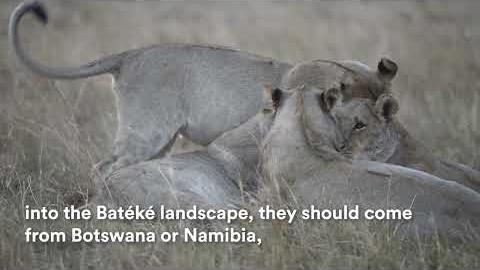
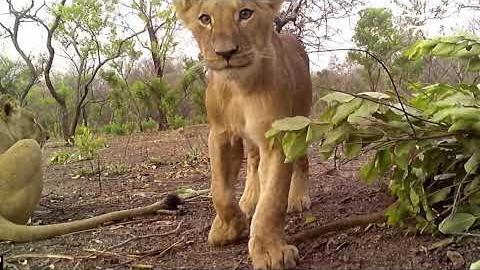
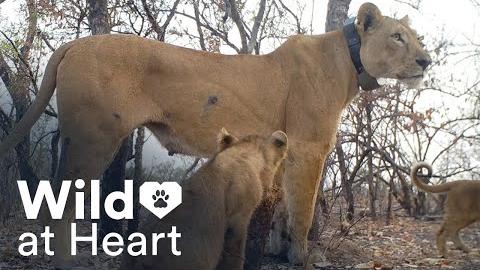
60c6.jpg?itok=dpqdldzS)